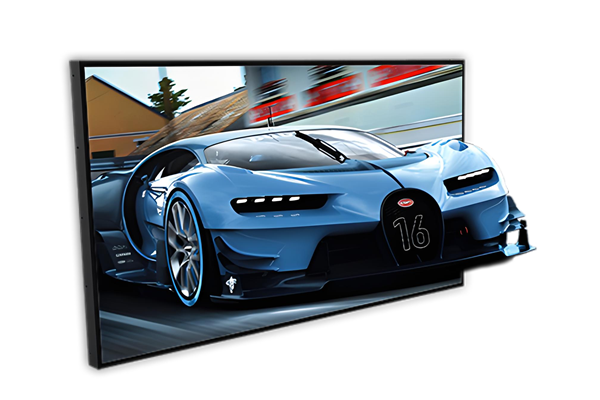Augmented Reality (AR) technology has revolutionized how we interact with digital content, yet challenges like limited realism and visual fatigue remain. Enter 3D light field display technology, which provides immersive, multi-perspective visuals with natural depth perception. This synergy between AR and 3D light field displays promises to enhance user experiences. Let’s delve into how these technologies complement each other.
Pain Points of AR Technology
Hardware Limitations: AR devices such as glasses and headsets still have issues with weight and comfort. Wearing them for extended periods can cause discomfort and fatigue.
High Computational Requirements: Real-time computation and processing of large amounts of data require significant computational power, which strains battery life and heat dissipation in mobile devices.
Inefficient Human-Computer Interaction: The precision of voice recognition and body motion detection is limited, affecting the efficiency of natural interaction.
Weak Integration of Virtual and Real Worlds: AR devices have limited capabilities in precise positioning and mapping, making it difficult to achieve true integration of virtual and real environments.
3d light field display technology captures and analyzes the propagation of light, enabling more efficient 3D spatial modeling and object detection, which in turn enhances the positioning accuracy and integration effects of AR devices.

The Advantages of 3D Light Field Display in AR
1. Multi-Viewpoint Display and Depth Perception
3D light field technology reproduces light rays from various angles, enabling users to perceive depth naturally. Unlike traditional stereoscopic imaging that simulates depth by tricking the brain, light field displays create a more authentic 3D effect by mimicking how human eyes perceive light and focus. This not only reduces visual fatigue but also enhances immersion, making the virtual elements feel tangible and life-like.
2. Seamless Fusion of Virtual and Real Worlds
3d light field display excels in simulating real-world lighting conditions. Virtual objects rendered with this technology can cast realistic shadows, reflect light accurately, and interact with their environment in a way that feels natural. This seamless blending is particularly beneficial in applications requiring high realism, such as AR gaming, industrial design, and medical simulations.
Real-World Applications
1. Microsoft HoloLens and Light Field Rendering
Microsoft’s HoloLens leverages advanced light field rendering techniques to offer precise 3D visualizations. For example, in industrial design, HoloLens enables engineers to view prototypes in 3D, examining details like texture and fit without creating physical models. This streamlines workflows reduces costs and enhances collaborative decision-making.
2. Looking Glass Consumer Products
Looking Glass has introduced a series of light field displays, including the “Looking Glass Portrait,” which allows users to view 3D content without wearing headgear. Artists and educators can use these devices to create and share immersive visuals.
3. E3D METAVERSE series glasses-free 3D display
Use 3D lamination + calibration to create a high-quality display. Multi-viewing angles of 120 degrees horizontally and 90 degrees vertically, combined with 3D light field and liquid crystal lens technology, allow users to achieve an immersive 3D experience.
4. Qualcomm’s Light Field AR Chips
Qualcomm’s cutting-edge AR chips are designed to support real-time light field rendering in portable devices. These chips enable lightweight AR headsets and glasses that deliver high-quality 3D visuals by optimizing power consumption and computational efficiency.
Future Trends
Advances in hardware design and AI-driven computation will result in more lightweight and efficient AR devices capable of delivering high-quality light field experiences. Efforts to reduce production costs and encourage industry partnerships will accelerate the adoption of light-field AR technology. Open-source platforms and shared research initiatives will play a critical role in overcoming technical and economic barriers, ensuring 3d light field display technology reaches a wider audience.





